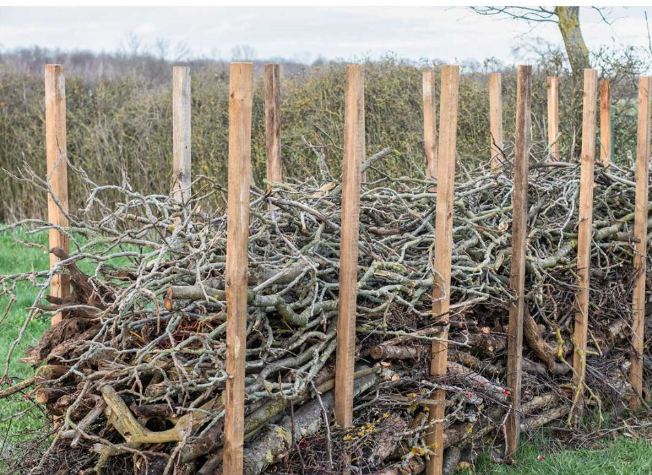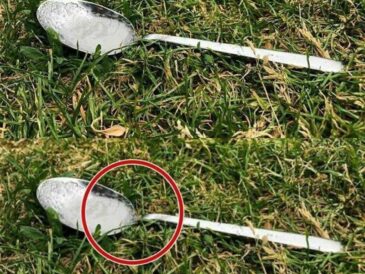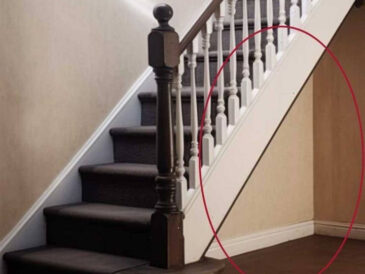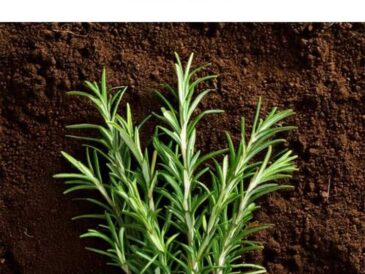In the modern gardening world, where the search for sustainable and eco-friendly solutions is growing, the “dead hedge” has emerged as an innovative and practical option for marking garden boundaries while respecting the principles of nature. This type of hedge, entirely made from natural materials such as branches, twigs, and other plant debris, provides a functional and aesthetically pleasing solution to gardening. Unlike traditional hedges that require living plants, the dead hedge uses dead plant material, making it especially attractive for those seeking to minimize maintenance while contributing to environmental preservation.
In this detailed article, we will explore what exactly a dead hedge is, its ecological and practical advantages, the materials needed to create one, and the steps involved in building it. We will also discuss the environmental impact of this practice and how it can help improve biodiversity in your garden.
What is a Dead Hedge?
A dead hedge is a structure built from branches, twigs, and other natural materials commonly found in gardens or the wild. Unlike traditional hedges, dead hedges do not require living plants. Instead, they are created by stacking dead or naturally fallen elements like tree branches, shrubs, stems, and twigs in an orderly manner to form a boundary or enclosure in an outdoor space.
Dead hedges have been used for centuries, particularly in Europe, where they were often employed to mark boundaries or as fences in rural areas. They have recently gained renewed interest, especially in sustainable gardening practices, as they require no ongoing cultivation and offer significant advantages in waste management and biodiversity.
Advantages of Building a Dead Hedge
Building a dead hedge offers numerous practical and ecological benefits. Here are some reasons why more gardeners are turning to this traditional yet effective method.
1. Habitat for Wildlife
One of the main advantages of a dead hedge is its ability to provide shelter for wildlife. Due to its porous structure and the numerous crevices created by intertwined branches and twigs, a dead hedge becomes an ideal refuge for birds, insects, and even small mammals. Birds can find nesting sites, while insects use the spaces between the branches for shelter or to lay eggs. By providing these habitats, you are actively contributing to increasing biodiversity in your garden, which is especially crucial in urban or suburban areas where natural habitats are often scarce.
2. Erosion Control
Dead hedges also act as windbreaks and can help reduce soil erosion. By retaining soil and slowing down wind speeds, they prevent soil from being blown away, which is particularly important in areas prone to strong winds or light soils. This helps protect more delicate plants and improves soil health in your garden.
3. Recycling Garden Waste
A dead hedge is an excellent way to recycle organic waste from your garden. Instead of sending cut branches and other plant debris to the landfill, you can use them to build a hedge. This reduces the amount of waste sent to landfills and gives new life to materials that would otherwise go to waste. Additionally, it reduces your carbon footprint, as waste management in landfills produces greenhouse gases, whereas a dead hedge recycles these materials naturally.
4. Natural Aesthetic
Dead hedges have a very natural and rustic appearance that blends well into the landscape. They add character to a garden and can create a soft transition between different parts of the garden or between your garden and the natural environment. Unlike traditional hedges, which may require constant pruning, dead hedges offer a wilder, more organic look.
5. Low Maintenance
Another attractive feature of dead hedges is that they require minimal maintenance. Unlike living hedges, which need regular trimming and watering, dead hedges can remain in place for several years with little intervention. As the materials decompose over time, you may need to add new branches, but overall, a dead hedge is a low-maintenance solution perfect for those looking to reduce their gardening tasks.
Click page 2 to continue




